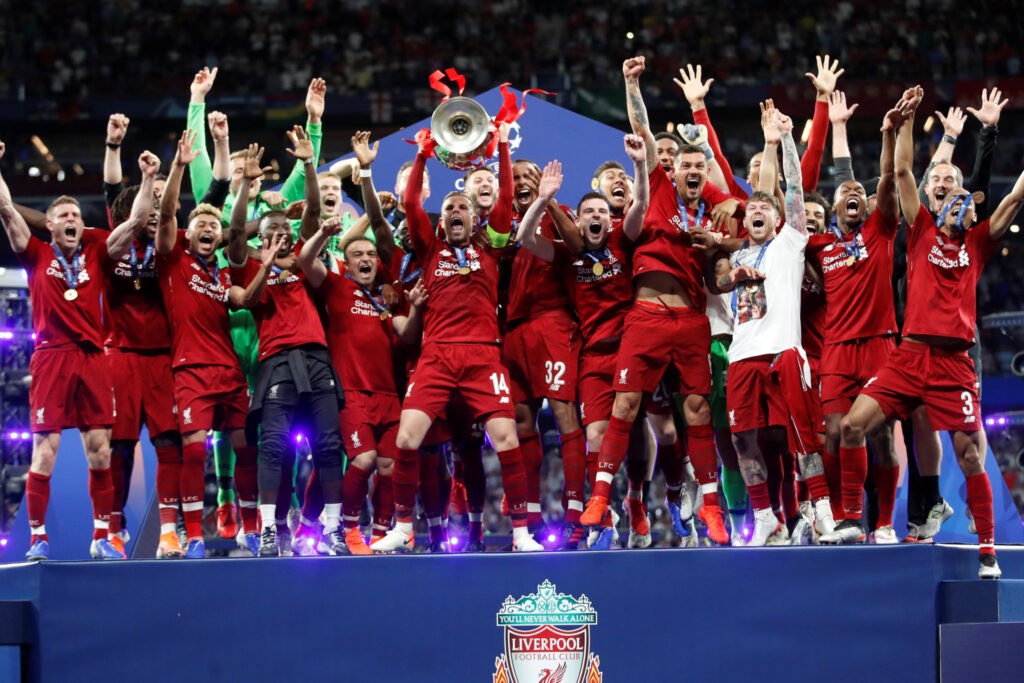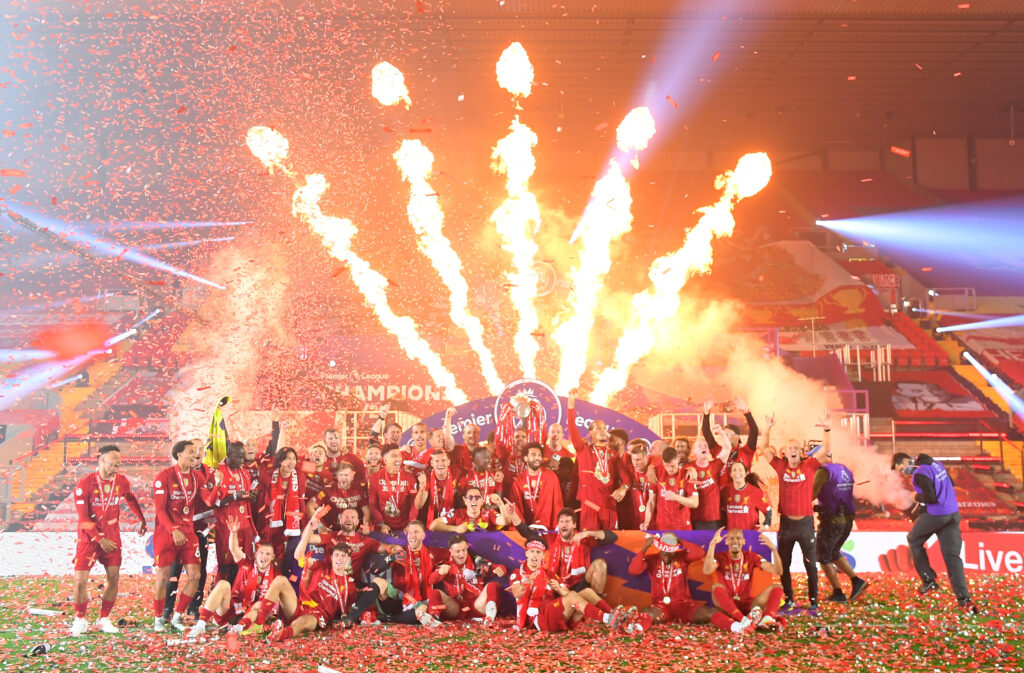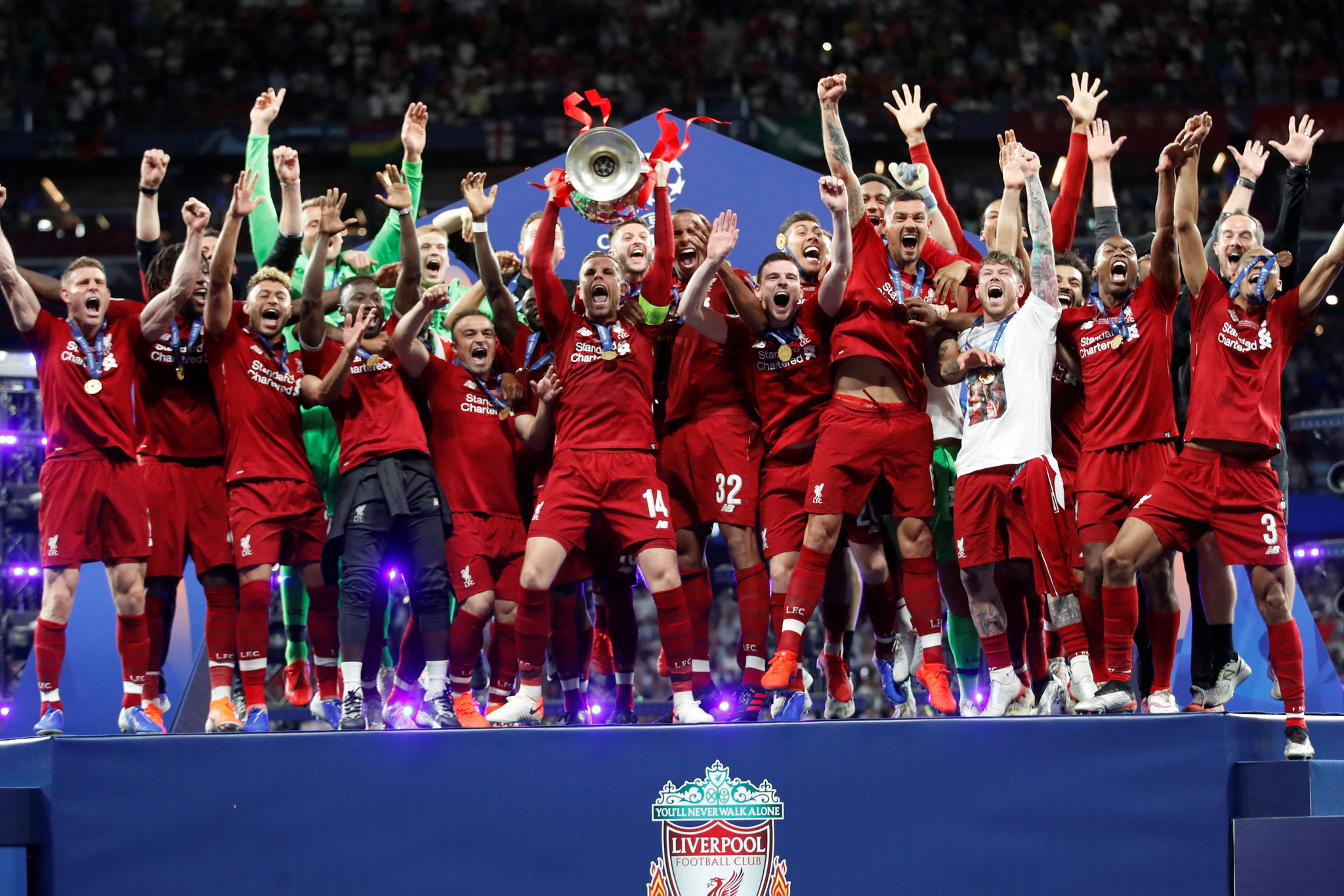In the unpredictable world of football, big money transfers and high-profile signings often dominate the headlines. Clubs splash the cash on superstars, hoping to catapult themselves to glory. But is this approach always the best one? Could a clinical transfer team and Klopp’s managerial fortitude not beat the hype from high-priced football players? Let’s delve into the world of star creation and a strong footballing systematic unit to see if there’s a better way to achieve success.
The Galactico Gamble
Who could forget the legendary “Galacticos” era at Real Madrid? Florentino Perez’s vision of assembling a team of superstars was like a kid in a candy store, albeit an expensive one. Zinedine Zidane, Luis Figo, David Beckham, Ronaldo—the list of galactic acquisitions goes on. However, despite the astronomical investment, the results on the pitch were often underwhelming. It seemed as though they had bought an all-star cast for a Hollywood blockbuster, only to realize that assembling talent does not automatically guarantee success.
Paris Saint-Germain, not to be outdone, followed in Real Madrid’s footsteps with their own Galactico experiment. Neymar, Kylian Mbappe, and the great Messi arrived in the French capital, with fans dreaming of European dominance. Alas, the outcome didn’t quite match the hype. Despite their impressive individual abilities, the team struggled to form a cohesive unit, leading to disappointments in crucial moments.


Liverpool's Transfer Magic
Meanwhile, Jurgen Klopp, the charismatic mastermind behind Liverpool’s resurgence, took a different approach. Rather than splurging on big-name signings, he focused on developing players and creating stars within his squad. Under his guidance, players like Trent Alexander-Arnold, Andrew Robertson, Mohammad Salah, Mane, Fabinho and Firminio transformed from promising average footballers to elite if not World class performers. Klopp’s belief in nurturing talent and instilling a strong footballing philosophy paid rich dividends.
The Great Gambler
Imagine a scenario where a football manager walks into a casino with a stack of cash. He approaches the roulette table, eyes glittering with excitement, and places all his chips on a single number. Will the ball land in his favor, or will he be left empty-handed? That’s the risk clubs take when they invest heavily in one or two superstar players, hoping they will single-handedly propel the team to glory. Sometimes, it works. Often, it doesn’t. It’s a high-stakes gamble that can leave fans both thrilled and heartbroken.
The Systematic Maestros
On the other hand, clubs that prioritize building a strong footballing system and a cohesive unit often find long-term success. Take Manchester City (Yes before Haaland) under Pep Guardiola or Arsenal under Mikel Arteta or Brighton & Hove Albion under Roberto De Zerbi for example. While they’ve made significant investments in talented players, their success is rooted in a well-defined playing style and a collective understanding of the system. It’s like an orchestra where every player knows their part, resulting in beautiful football symphonies.
As the world of football evolves, the debate between buying star players and cultivating a strong systematic unit continues. While big-money transfers grab headlines, Jurgen Klopp’s success at Liverpool and the Galactico experiments serve as cautionary tales. Building stars and fostering a cohesive footballing philosophy can yield remarkable results, emphasizing the importance of long-term vision over short-term gains. After all, in the beautiful game, it’s not always about the price tag on the player’s back but the collective magic they create on the pitch.











